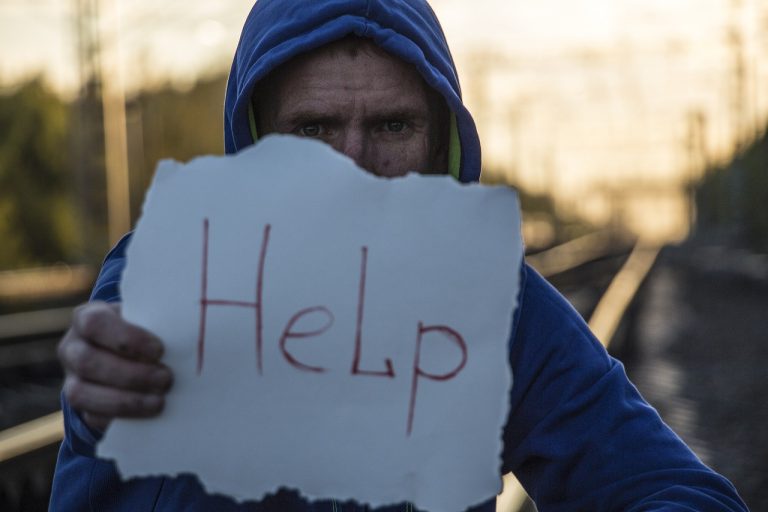It is estimated by WHO that there are about 1 million deaths a year just from suicide alone. When you are not feeling the kind of emotions and experiencing the kind of trauma, depression and stress that people who commit suicide experience it can be hard to understand what can lead someone to be so drastic. But for the person going through it, sometimes they see no other option. It is a desperate step some take to escape when things are unbearable. Feeling things like hopelessness, loneliness, and self-loathing, they do not see any other way of finding relief. In general, most people who think about suicide are conflicted, they want another option but cannot see it. Those around them need to make use of suicide prevention resources and look for warning signs.
Suicide warning sides
Some of the things you might see;
- Talking about suicide – any talk should be taken seriously as a cry for help, not just someone seeking attention. You need to point out those alternatives, make it clear you will always be there and get professional help.
- Harming themselves – this can be cutting but also includes taking actions that they know could lead to injury.
- Drug or alcohol abuse – many turn to them as a means of trying to escape and as a part of that destructive behavior.
- Suffering from depression or another mental health disorder could mean you need suicide prevention training.
- Have a family history of drug abuse or suicide.
- Had already made previous efforts to commit suicide.
- Being hopeless and feeling a sense of worthlessness and self-loathing.
- Dramatic mood swings or big changes in personality.
- Not taking care of themselves, not showering, washing clothes, not sleeping well and so on.
- Collecting things they can commit suicide with, guns, pills, knives and such.
- Saying their goodbyes to people and giving away their belongings.
- Being very withdrawn from family and possibly even friends becoming more and more isolated where you might seek suicide prevention resources.
Some common misunderstandings
- People who talk about won’t actually do it – this is not the case, while not everyone who talks about it does it, many do.
- People who try to kill themselves are crazy – most people who are suicidal are not insane or psychotic, they might be depressed, but if there is a mental illness it does not mean they are crazy.
- That if someone really wants to kill themselves they cannot be stopped – most are conflicted about it right to the end so this is not at all true. They want their pain to stop and they need help to achieve that.
- That people who kill themselves were not willing to get themselves help – a lot of people who are suicidal look for help but the resources are unfortunately not there to help everyone. That is where families and schools can help with suicide prevention training.
- That talking about suicide will give someone the idea to do it – you cannot make someone think of doing it by talking about it. In fact, honesty and openness can help prevent it.

